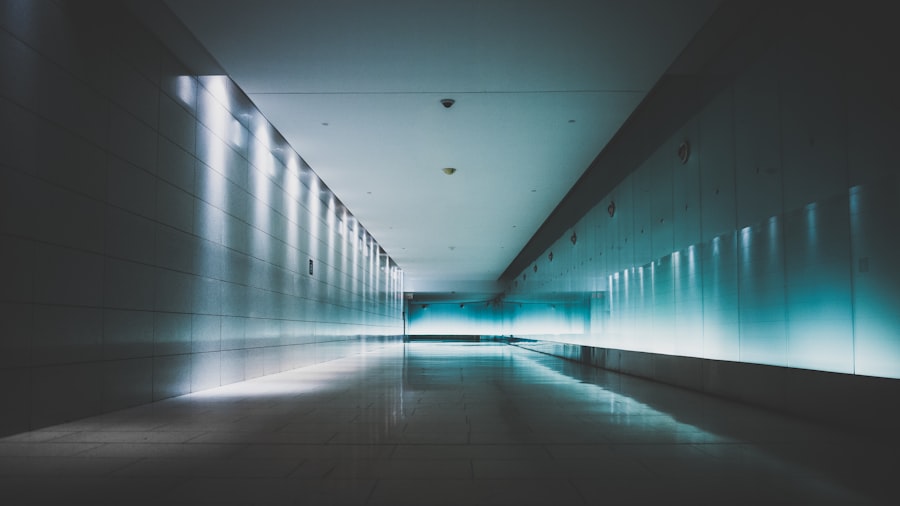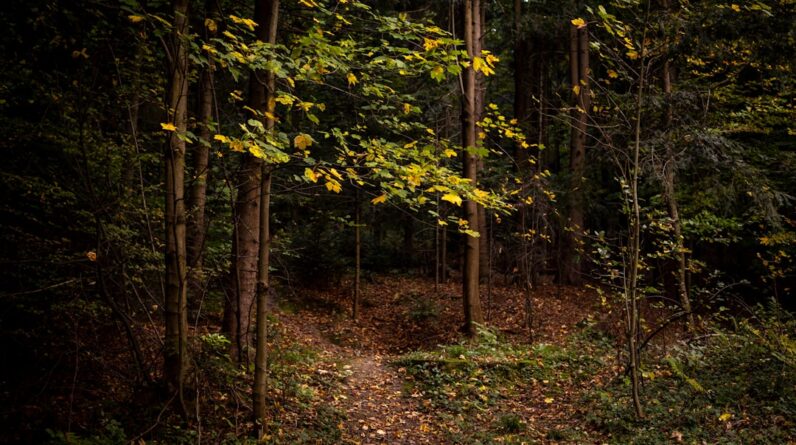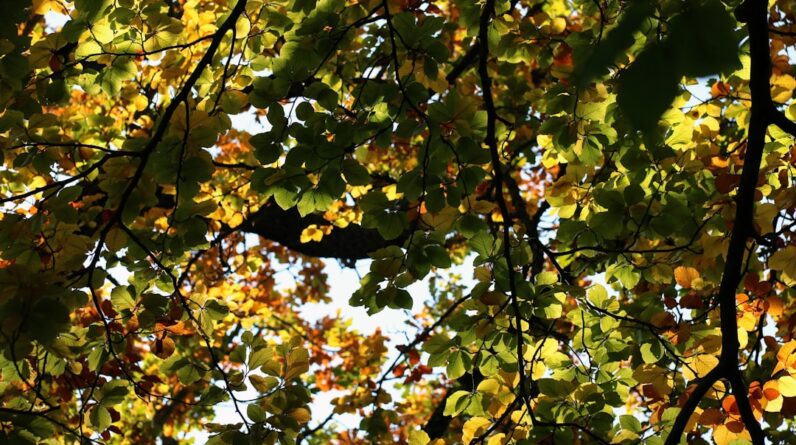Old Montreal, also known as Vieux-Montreal, is a historic neighborhood located in the city of Montreal, Quebec, Canada. It is the oldest area in the city and holds great historical and cultural significance. Established in 1642, Old Montreal has witnessed centuries of history and has played a crucial role in the development of the city and the country as a whole. The preservation of its historical legacy is of utmost importance to ensure that future generations can appreciate and learn from its rich history.
Key Takeaways
- Old Montreal has a rich history dating back to the 17th century.
- The architecture of Old Montreal’s buildings is a mix of French and British styles.
- Religion played a significant role in shaping Old Montreal’s history, with many churches and religious institutions still standing today.
- French culture has had a significant influence on Old Montreal, from its language to its cuisine.
- Old Montreal is home to many iconic landmarks and hidden gems, making it a popular tourist destination.
The Architecture of Old Montreal’s Buildings
One of the most striking features of Old Montreal is its diverse architectural styles. The neighborhood is a melting pot of different architectural influences, reflecting the various periods of its history. From French colonial to Victorian, Gothic Revival to Art Deco, Old Montreal showcases a wide range of architectural styles.
Notable buildings in Old Montreal include the Notre-Dame Basilica, which is a prime example of Gothic Revival architecture. Its intricate details and stunning stained glass windows make it a must-visit landmark. Another iconic building is the Bonsecours Market, which features neoclassical architecture and has served as a public market since 1847.
The Importance of Religion in Old Montreal’s History
Religion has played a significant role in the founding and development of Old Montreal. The neighborhood was initially settled by French colonists who were primarily Catholic. As a result, many religious landmarks were built in the area.
The Notre-Dame Basilica, mentioned earlier, is not only an architectural marvel but also holds great religious significance. It is one of the most important Catholic churches in Canada and has been a place of worship for over 200 years.
Another notable religious landmark is the Saint Joseph’s Oratory, located just outside of Old Montreal. It is one of the largest churches in North America and attracts millions of visitors each year.
The Influence of French Culture in Old Montreal
As the name suggests, Old Montreal has a strong French influence due to its history as a French colony. This influence can be seen in the culture, traditions, and architecture of the neighborhood.
French-inspired landmarks in Old Montreal include Place Jacques-Cartier, a lively square named after the French explorer Jacques Cartier. It is a popular gathering place for locals and tourists alike, with its street performers, outdoor cafes, and historic buildings.
The neighborhood also hosts several French-inspired events throughout the year, such as the Montreal en Lumière festival, which celebrates French cuisine, music, and culture. This festival attracts visitors from all over the world and showcases the vibrant French culture that is deeply rooted in Old Montreal.
Exploring Old Montreal’s Iconic Landmarks
Old Montreal is home to several iconic landmarks that are must-see attractions for visitors. These landmarks not only showcase the historical significance of the neighborhood but also offer a glimpse into its rich cultural heritage.
One of the most famous landmarks in Old Montreal is the Place d’Armes, a historic square that dates back to the 17th century. It is surrounded by important buildings such as the Notre-Dame Basilica and the Bank of Montreal. The square has witnessed many historical events and is a popular gathering place for locals and tourists.
Another iconic landmark is the Old Port of Montreal, which was once a bustling trading hub. Today, it has been transformed into a recreational area with parks, bike paths, and waterfront activities. The Old Port offers stunning views of the St. Lawrence River and is a popular destination for both locals and tourists.
Discovering Old Montreal’s Hidden Gems

While the iconic landmarks of Old Montreal are well-known, there are also hidden gems waiting to be discovered. These lesser-known attractions offer a unique perspective on the neighborhood’s history and culture.
One such hidden gem is Château Ramezay, a historic mansion that now serves as a museum. It showcases the history of Montreal through its exhibits and offers a glimpse into the lives of the city’s early settlers.
Another hidden gem is the Pointe-à-Callière Museum, which is located on the site where Montreal was founded. The museum features archaeological remains and interactive exhibits that tell the story of the city’s origins.
The Role of Old Montreal in Canada’s History
Old Montreal has played a significant role in Canadian history. As the birthplace of Montreal, it has witnessed the city’s growth and development over the centuries.
The neighborhood was a key trading post during the fur trade era and served as a gateway to North America for European explorers. It was also a center of political and economic power during the early days of Canada.
Historical figures associated with Old Montreal include Jacques Cartier, who explored the St. Lawrence River and claimed the land for France, and Samuel de Champlain, who founded Quebec City and played a crucial role in the colonization of New France.
The Development of Old Montreal’s Tourism Industry
Over the years, Old Montreal has become a popular tourist destination, attracting visitors from all over the world. The growth of tourism in the neighborhood has had a significant impact on its development and preservation.
Tourist attractions in Old Montreal include guided walking tours that take visitors through the neighborhood’s historic streets and landmarks. These tours provide valuable insights into the history and culture of Old Montreal.
Other popular activities for tourists include visiting museums, exploring art galleries, and dining at local restaurants that offer traditional French cuisine. The tourism industry has created job opportunities for locals and has contributed to the economic growth of the neighborhood.
Old Montreal’s Artistic and Cultural Scene
Old Montreal is not only rich in history but also offers a vibrant artistic and cultural scene. The neighborhood is home to numerous museums, galleries, and festivals that celebrate the arts.
Museums in Old Montreal include the Montreal Museum of Archaeology and History, which showcases the city’s archaeological heritage, and the Montreal Museum of Fine Arts, which houses an extensive collection of artwork from various periods.
The neighborhood also hosts several cultural festivals throughout the year, such as the International Jazz Festival and the Just for Laughs Comedy Festival. These events attract artists and performers from around the world and contribute to the cultural diversity of Old Montreal.
Preserving Old Montreal’s Historical Legacy for Future Generations
Preserving Old Montreal’s historical legacy is crucial to ensure that future generations can appreciate and learn from its rich history. Efforts have been made to protect and restore historic buildings, as well as to promote awareness and education about the neighborhood’s heritage.
Initiatives such as the Old Montreal Heritage Foundation have been established to preserve and promote the historical and architectural heritage of the neighborhood. The foundation works closely with local businesses, residents, and government agencies to ensure that Old Montreal’s historical legacy is protected.
Visitors can also support the preservation of Old Montreal’s historical legacy by visiting the neighborhood, participating in guided tours, and patronizing local businesses. By doing so, they contribute to the economic growth of the neighborhood while also helping to preserve its unique heritage.
Old Montreal is a neighborhood steeped in history and culture. From its diverse architectural styles to its religious landmarks, French influence, iconic landmarks, hidden gems, and role in Canadian history, Old Montreal offers a wealth of experiences for visitors.
Preserving its historical legacy is crucial to ensure that future generations can appreciate and learn from its rich history. By visiting Old Montreal and supporting preservation efforts, visitors can contribute to the continued preservation of this historic neighborhood for years to come.
If you’re planning a trip to Montreal and want to explore the city’s rich history, don’t miss out on a walk through Old Montreal’s enchanting streets. From stunning architecture to charming cobblestone lanes, this historic district is a treasure trove of stories waiting to be discovered. As you wander through the centuries-old buildings and immerse yourself in the vibrant atmosphere, you’ll feel like you’ve stepped back in time. To make the most of your visit, check out this helpful article on Travelogs: “The Transition Journey: Managing Menopause with Ease.” It offers valuable insights and tips for women going through this natural phase of life. So, lace up your walking shoes and embark on a journey through time in beautiful Old Montreal. Read more
FAQs
What is Old Montreal?
Old Montreal is the historic district of Montreal, Quebec, Canada. It is located in the borough of Ville-Marie and is bordered by the St. Lawrence River to the south, Saint-Antoine Street to the north, McGill Street to the west, and Saint-Hubert Street to the east.
What are some of the attractions in Old Montreal?
Old Montreal is home to many historic buildings, museums, art galleries, and restaurants. Some of the popular attractions include the Notre-Dame Basilica, the Montreal Science Centre, the Pointe-à-Callière Museum, and the Bonsecours Market.
What is the history of Old Montreal?
Old Montreal was founded in 1642 by French settlers and was the site of the first permanent European settlement in Canada. It was an important trading post and became a center of commerce and culture in the 19th century. Today, it is a popular tourist destination and a symbol of Montreal’s rich history and heritage.
What is the best way to explore Old Montreal?
The best way to explore Old Montreal is on foot. The area is compact and easy to navigate, and there are many pedestrian-friendly streets and alleys to explore. Visitors can also take a guided walking tour or rent a bike to explore the area.
What is the architecture like in Old Montreal?
Old Montreal is known for its beautiful architecture, which includes a mix of styles from different periods in history. The area is home to many historic buildings, including churches, government buildings, and private residences, many of which have been restored and preserved.
What is the best time to visit Old Montreal?
The best time to visit Old Montreal is during the summer months, from June to August, when the weather is warm and there are many outdoor events and festivals. However, the area is also beautiful in the fall and winter, when the leaves change color and the snow creates a magical atmosphere.








